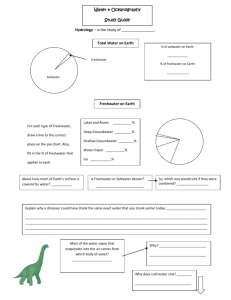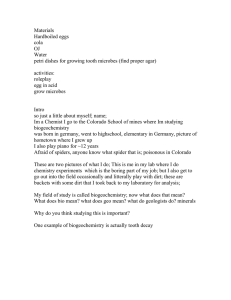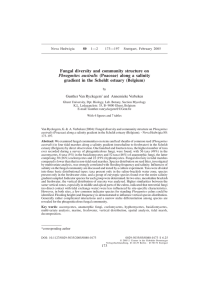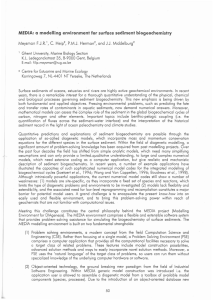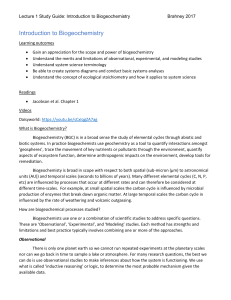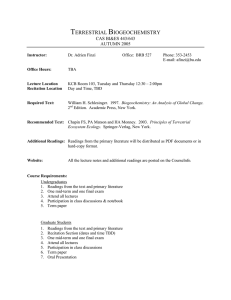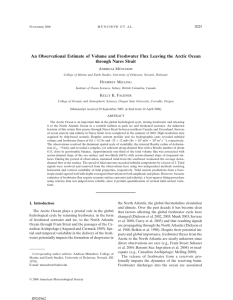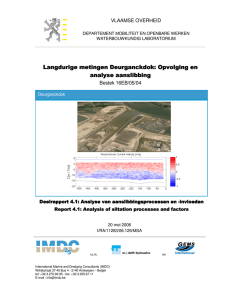ABSTRACT RESEARCH PAPER: STUDENT: DEGREE:
advertisement
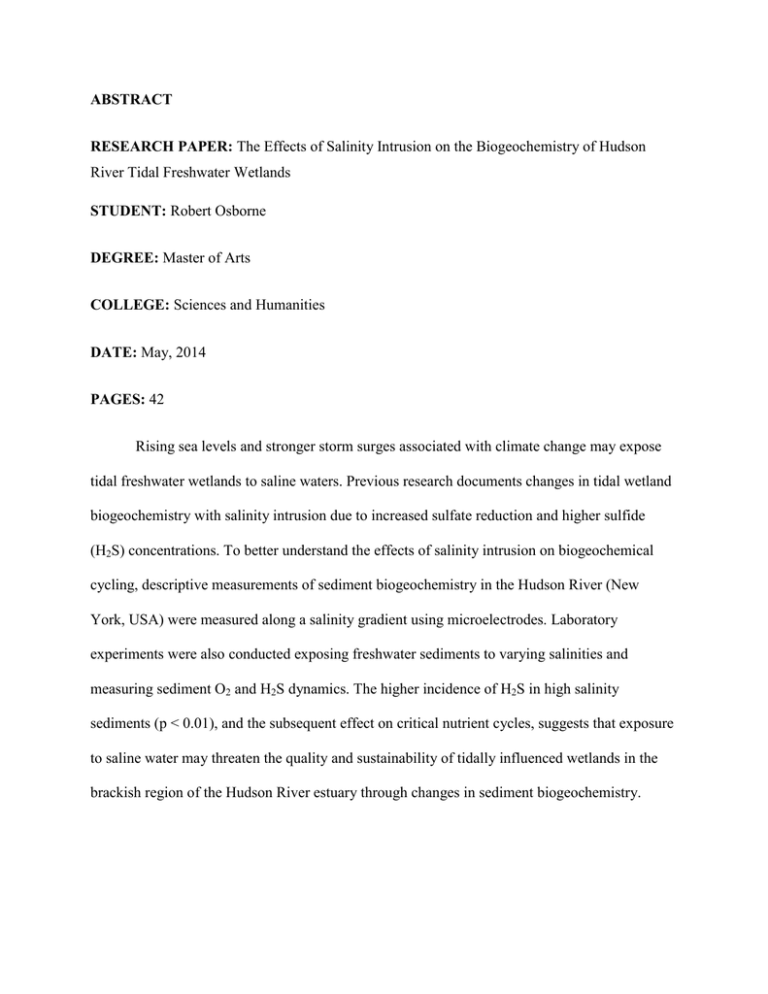
ABSTRACT RESEARCH PAPER: The Effects of Salinity Intrusion on the Biogeochemistry of Hudson River Tidal Freshwater Wetlands STUDENT: Robert Osborne DEGREE: Master of Arts COLLEGE: Sciences and Humanities DATE: May, 2014 PAGES: 42 Rising sea levels and stronger storm surges associated with climate change may expose tidal freshwater wetlands to saline waters. Previous research documents changes in tidal wetland biogeochemistry with salinity intrusion due to increased sulfate reduction and higher sulfide (H2S) concentrations. To better understand the effects of salinity intrusion on biogeochemical cycling, descriptive measurements of sediment biogeochemistry in the Hudson River (New York, USA) were measured along a salinity gradient using microelectrodes. Laboratory experiments were also conducted exposing freshwater sediments to varying salinities and measuring sediment O2 and H2S dynamics. The higher incidence of H2S in high salinity sediments (p < 0.01), and the subsequent effect on critical nutrient cycles, suggests that exposure to saline water may threaten the quality and sustainability of tidally influenced wetlands in the brackish region of the Hudson River estuary through changes in sediment biogeochemistry.



